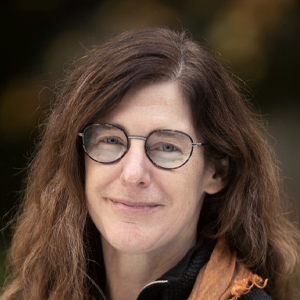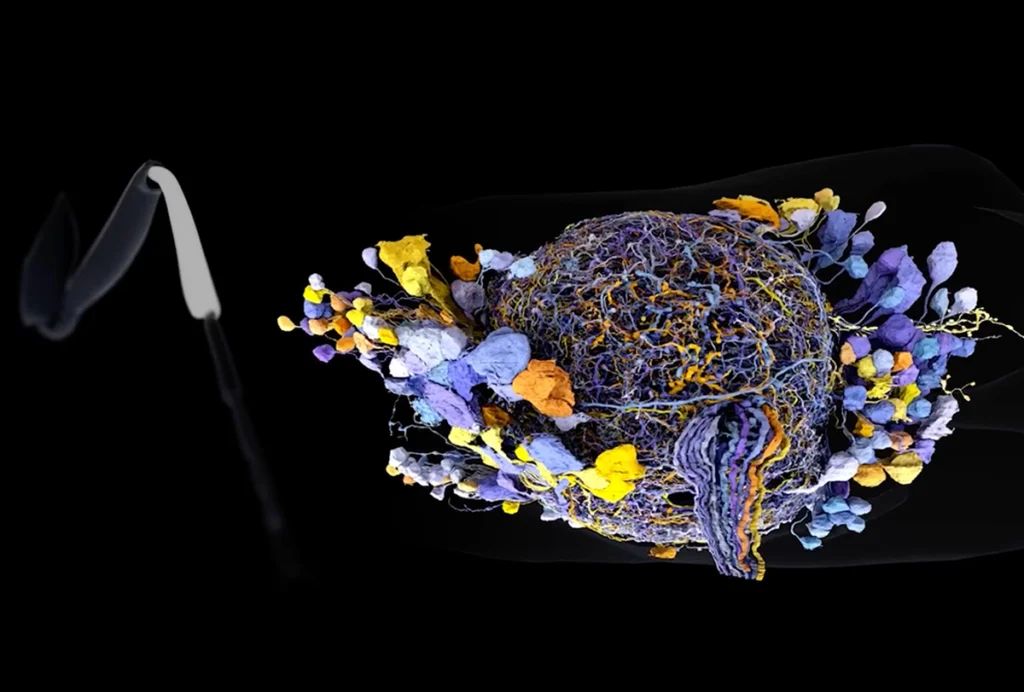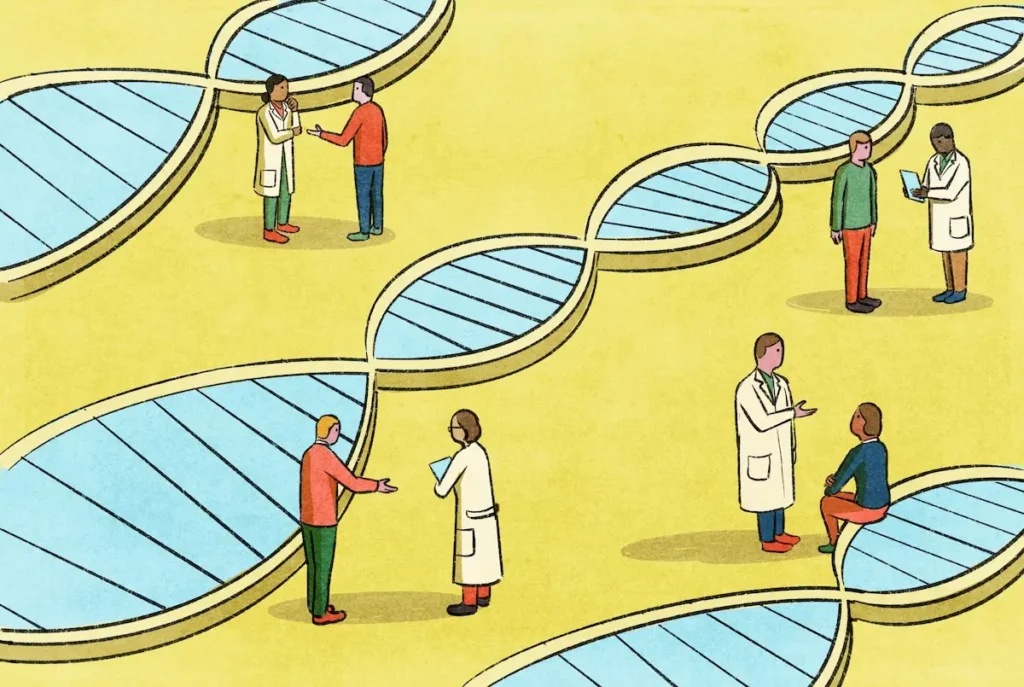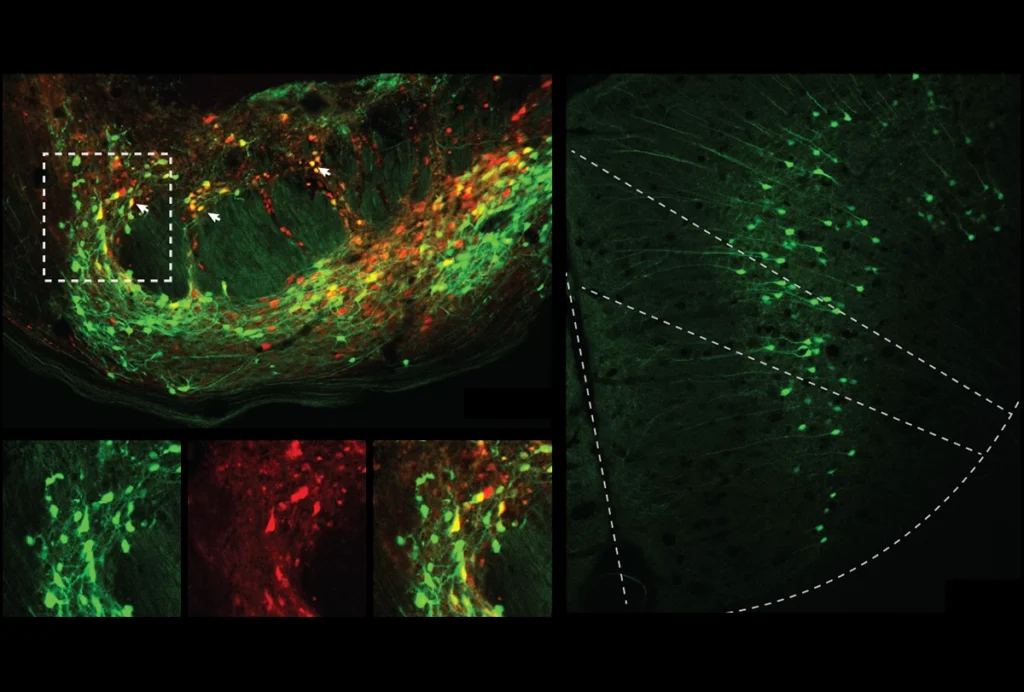Adrienne Fairhall is professor of physiology and biophysics and adjunct professor of physics and applied mathematics at the University of Washington in Seattle. She co-directs the Computational Neuroscience Program at the University of Washington with Eric Shea-Brown. Her work focuses on dynamic neural computation, with a particular interest in the interplay between cellular and circuit dynamics and coding in a wide variety of model systems, including Hydra, Drosophila, birds and primates.
Fairhall obtained her honors degree in theoretical physics from the Australian National University and her Ph.D. in statistical physics from the Weizmann Institute of Science. She received her postdoctoral training at the NEC Research Institute with Bill Bialek and at Princeton University with Michael J. Berry II.



